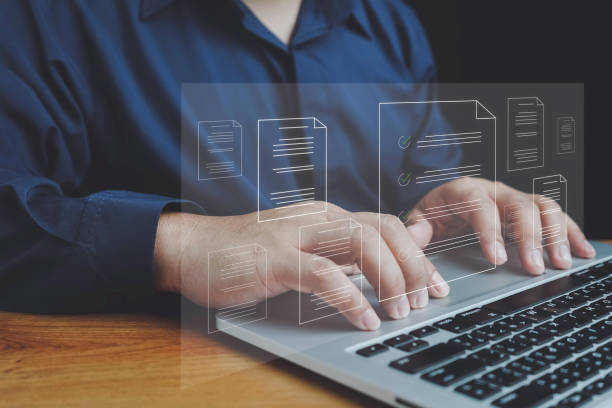What is On-Page SEO and Why Does It Matter?

What is On-Page SEO and Why Does It Matter?
On-Page SEO, also known as On-Page SEO, refers to the set of actions you take within your website to improve your site’s ranking in search engine results.
These actions include optimizing content, title tags, meta descriptions, URL structure, images, and other page elements.
On-Page SEO is crucial for improving your website’s ranking in search engines because it helps search engines better understand your site’s content and match it with relevant search queries.
SEO optimization also helps improve user experience, which can lead to increased traffic, engagement, and conversions.
On-Page SEO directly impacts how your site is ranked by search engines.
A strong On-Page SEO strategy can significantly increase your site’s visibility and attract more visitors.
In other words, On-Page SEO involves actions taken to optimize various aspects of a web page to make it more attractive to search engines and achieve a higher ranking.
This makes your website more visible in search results and attracts more traffic.
On-Page SEO also focuses on user experience; a well-optimized website is usually more attractive and easier to use for users.
Therefore, On-Page SEO not only helps search engines but also improves user experience.
Is your current online store design not generating the sales you expect?
Rasaweb specializes in professional online store design!
✅ An attractive and user-friendly site with the goal of increasing sales
✅ High speed and security for an ideal shopping experience⚡ Get a free online store design consultation with Rasaweb!
Keyword Research for On-Page SEO

Keyword Research for On-Page SEO
Keyword research is one of the fundamental pillars of On-Page SEO.
Before taking any optimization steps, you need to know what phrases users search for to find your content.
There are several tools available for this, including Google Keyword Planner, SEMrush, Ahrefs, and Moz Keyword Explorer.
The Google Keyword Planner tool helps you find keywords related to your business, check their search volume, and assess the competition for each keyword.
Then identify your primary and secondary keywords.
Primary keywords are phrases that are most relevant to your page’s main topic and have the highest search volume.
Secondary keywords are phrases that are related to the main topic but have lower search volume.
When choosing keywords, also consider the user’s intent (Search Intent).
User intent specifies what type of information the user is looking for.
For example, a user who searches for “buy laptop” is looking to buy a laptop, while a user who searches for “best laptops” is looking for information and comparison of laptops.
This correct understanding of user intentions helps you produce content that exactly meets their needs and, as a result, have better On-Page SEO.
For strong On-Page SEO, you need to choose keywords carefully and use them in the right place.
Optimizing Page Title (Title Tag) and Meta Description

Optimizing Page Title (Title Tag) and Meta Description
The page title (Title Tag) and meta description (Meta Description) are two very important elements in On-Page SEO that are displayed in search results.
The page title is the clickable title that appears at the top of each search result and plays an important role in attracting users.
The meta description is a short summary of the page content that appears below the page title and helps users understand what the page is about.
To optimize the page title, use your main keyword in the title, write the title attractively and catchy, and keep the title length between 50 and 60 characters.
Avoid creating duplicate titles and try to make each title unique.
To optimize the meta description, write an accurate and attractive summary of the page content, use related keywords, and keep the description length between 150 and 160 characters.
The meta description should be attractive enough to encourage users to click.
Note that the page title and meta description must match the page content so that users do not encounter content that does not meet their expectations after entering the page.
With proper On-Page SEO in the title and meta description, you can increase your click-through rate (CTR) and drive more traffic to your site.
| Feature | Description |
|---|---|
| Main Keyword | Using the main keyword in the title and meta description |
| Title Length | Between 50 and 60 characters |
| Description Length | Between 150 and 160 characters |
| Attractiveness | Writing an attractive and catchy title and description |
| Uniqueness | Creating unique titles and descriptions for each page |
Optimizing URL Structure
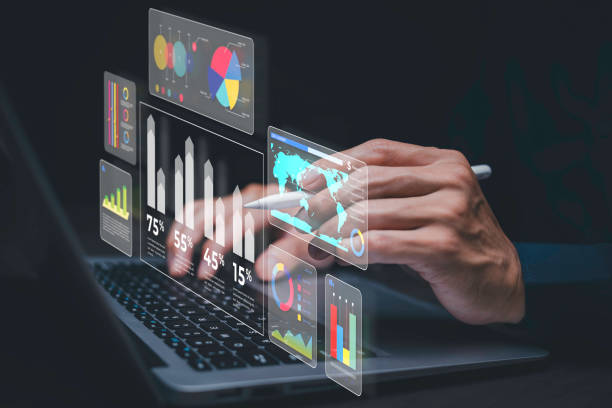
Optimizing URL Structure
URL structure is another important aspect of On-Page SEO that is often overlooked.
URLs should be short, readable, and contain relevant keywords.
Instead of using complex and incomprehensible URLs, try to create URLs that are easily understandable and show users and search engines what the page is about.
Avoid using incomprehensible numbers and letters in URLs, and instead, use keywords that are relevant to the page content.
For example, instead of using a URL like `example.com/page?id=1234`, use a URL like `example.com/seo-internal`.
URLs should be consistent with the hierarchical structure of the website and show which part of the website the page is in.
Also, using hyphens (-) instead of underscores (_) in URLs is recommended because search engines consider hyphens as word separators.
By optimizing the URL structure, you can help search engines better understand your pages and improve your site’s ranking in search results.
Also, readable and understandable URLs can also improve the user experience.
Don’t have a corporate website yet and are missing out on online opportunities? With professional corporate website design by Rasaweb,
✅ Double the credibility of your business
✅ Attract new customers
⚡ Free consultation for your corporate website!
Optimizing Page Content
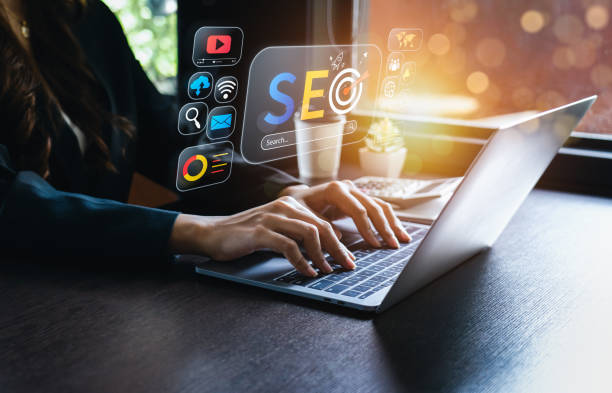
Optimizing Page Content
Optimizing page content is one of the most important factors in On-Page SEO.
Your content must be high-quality, valuable, relevant, and engaging.
High-quality content is content that provides accurate and useful information to users and answers their questions.
Valuable content is content that is useful and practical for users and helps them solve their problems or meet their needs.
Relevant content is content that is relevant to your target keywords and shows search engines what your page is about.
Engaging content is content that attracts users and encourages them to spend more time on your page.
To optimize page content, use your keywords naturally and in the right place, use headings and subheadings to organize the content, use images and videos to make the content more attractive, and update your content regularly.
Also, try to write your content for users and not just for search engines.
Content that is useful for users will naturally be attractive to search engines as well.
By creating high-quality and valuable content, you can drive more traffic to your site and improve your site’s ranking in search results.
Content optimization for On-Page SEO is essential.
Content must be optimized to attract more users.
Optimizing Images

Optimizing Images
Optimizing images is another important aspect of On-Page SEO that is often overlooked.
Images can make your content more attractive and understandable, but if they are not properly optimized, they can slow down the page loading speed and negatively impact SEO.
To optimize images, use the appropriate format (JPEG, PNG, GIF), reduce the size of the images, use Alt Text for the images, and choose the image file name appropriately.
The JPEG format is suitable for photos and complex images, the PNG format is suitable for images with transparent backgrounds, and the GIF format is suitable for animated images.
Alt Text helps search engines understand the content of the images and is displayed to users if the image does not load.
The image file name should be descriptive and contain relevant keywords.
For example, instead of using a file name like `IMG_1234.jpg`, use a file name like `seo-internal-guide.jpg`.
By optimizing images, you can improve page loading speed, increase the accessibility of your website, and improve your site’s ranking in search results.
Image optimization is a vital part of successful On-Page SEO.
Optimizing Page Loading Speed

Optimizing Page Loading Speed
Page loading speed is one of the important factors in On-Page SEO and user experience.
Pages that load quickly provide a better user experience, and users are more likely to stay on your site and interact with your content.
Search engines also consider page loading speed as a ranking factor, and sites with high loading speed achieve a better ranking in search results.
To optimize page loading speed, use tools like Google PageSpeed Insights and GTmetrix to identify the problems related to your page loading speed.
Then, take actions such as optimizing images, reducing the size of CSS and JavaScript files, enabling Gzip compression, using content delivery networks (CDNs), and optimizing code.
Also, use a quality and high-speed hosting.
By optimizing page loading speed, you can improve user experience, reduce bounce rate, and improve your site’s ranking in search results.
Page loading speed is a key factor in On-Page SEO that should not be overlooked.
| Factor | Optimization Solution |
|---|---|
| Images | Optimizing image size and format |
| CSS and JavaScript files | Reducing file size and compressing |
| Gzip Compression | Enabling Gzip compression |
| Content Delivery Network (CDN) | Using CDN for content distribution |
| Hosting | Choosing quality and high-speed hosting |
Using Internal Links
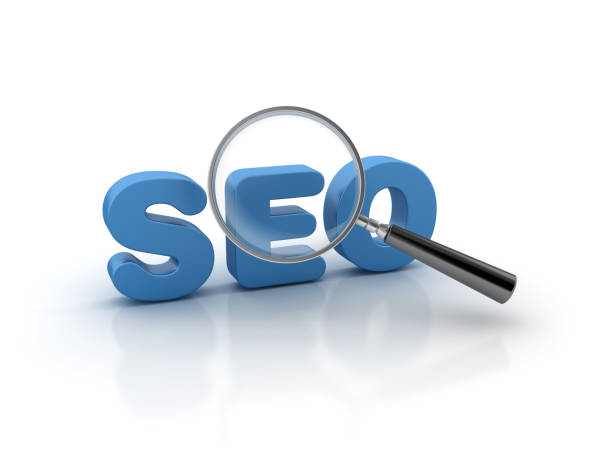
Using Internal Links
Internal links are links that connect different pages of your website to each other.
Internal links help search engines better understand your website structure and identify more important pages.
Also, internal links help users easily navigate your website and find relevant content.
To use internal links, use relevant keywords in the link text (Anchor Text) and create links to pages that are related to the main page topic.
Avoid creating too many and irrelevant links and try to place the links naturally in the text.
Also, give more links to the more important pages of your website to show search engines that these pages are important.
Using internal links is an important strategy in On-Page SEO that can help improve your site’s ranking in search results.
Internal linking is very important for improving On-Page SEO.
Tired of losing customers due to poor online store design? With Rasaweb, solve this problem forever!
✅ Increase sales and visitor-to-customer conversion rate
✅ Smooth and attractive user experience for your customers⚡ Get free consultation
Mobile-Friendly Optimization
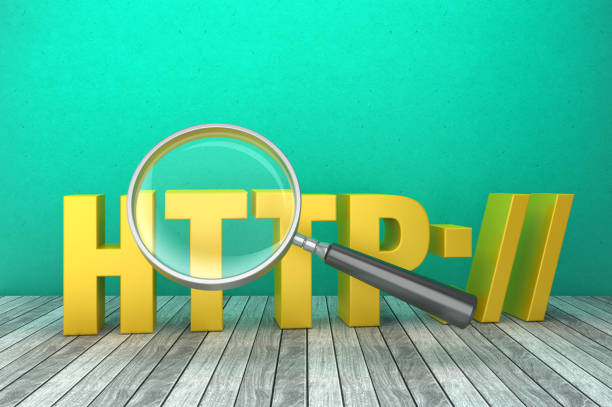
Mobile-Friendly Optimization
Given that most users access the internet through mobile devices, optimizing your website for mobile (Mobile-Friendly) is an essential aspect of On-Page SEO.
A website that is optimized for mobile is easily viewable and usable on mobile devices and provides a better user experience.
Search engines also prioritize Mobile-Friendly websites in search results.
To optimize your website for mobile, use Responsive Design, improve page loading speed on mobile devices, use appropriate fonts and images, and make sure that all website elements are displayed correctly on mobile devices.
Also, use tools like Google Mobile-Friendly Test to check if your website is Mobile-Friendly.
Mobile optimization is an integral part of modern On-Page SEO.
Monitoring and Measuring Results

Monitoring and Measuring Results
After taking On-Page SEO measures, you should regularly monitor and measure your results to see if your strategy has been effective.
To do this, you can use tools like Google Analytics and Google Search Console.
Google Analytics helps you check your website traffic, analyze user behavior, and measure your Conversion Rate.
Google Search Console helps you check your website’s ranking in search results, identify website errors, and evaluate your website’s performance on mobile devices.
By monitoring and measuring results, you can identify the strengths and weaknesses of your strategy and make the necessary changes if needed.
Remember that On-Page SEO is an ongoing process and requires effort and follow-up.
By continuously improving your strategy, you can improve your site’s ranking in search results and drive more traffic to your site.
Monitoring and measuring results is the key to successful On-Page SEO.
Frequently Asked Questions
| Question | Answer |
|---|---|
| What is On-Page SEO? | On-Page SEO involves optimizing elements that are directly under your control and within your website. Its goal is to help search engines better understand the content of the page and improve its ranking. |
| Why is On-Page SEO important? | On-Page SEO gives search engines clear signals about the content of the page, improves user experience, and increases the chance of attracting organic traffic. |
| What are the most important On-Page SEO factors? | Keywords, Title Tag, Meta Description, URL structure, high-quality content, image optimization, and internal links are among the most important factors. |
| What is the role of the Title Tag in On-Page SEO? | The title tag is one of the most important signals for search engines and users that specifies the main topic of the page. It must include the main keyword and be attractive. |
| How important is the Meta Description? | The meta description does not directly affect ranking, but it can improve click-through rate (CTR) by encouraging users to click. |
| How do we optimize images for On-Page SEO? | By using a descriptive file name, appropriate Alt Text containing keywords, compression to reduce size, and correct dimensions. |
| What effect do Internal Links have on SEO? | Internal links help search engines discover and index site pages, distribute authority (PageRank) throughout the site, and improve user navigation. |
| Is page loading speed among the On-Page SEO factors? | Yes, page loading speed is a critical factor in On-Page SEO and user experience. Slower pages can lead to higher bounce rates and lower rankings. |
| What are the characteristics of quality content for On-Page SEO? | Quality content must be comprehensive, unique, relevant, reliable, readable, and fully answer users’ needs and questions. |
| How can keywords be used in the content? | Keywords should be used naturally in the title, subheadings, first paragraph, body text, and alt text of images. Avoid Keyword Stuffing. |
And other services of Rasa Web Advertising Agency in the field of advertising
Intelligent Marketplace: A creative platform to improve customer behavior analysis with dedicated programming.
Intelligent Brand Identity: Designed for businesses looking to attract customers through marketing automation.
Intelligent Brand Identity: A combination of creativity and technology to increase click-through rates by customizing the user experience.
Intelligent Brand Identity: Professional optimization for customer behavior analysis using a content-driven SEO strategy.
Intelligent Conversion Rate Optimization: A professional solution for customer behavior analysis with a focus on optimizing key pages.
And over hundreds of other services in the field of internet advertising, advertising consulting, and organizational solutions
Internet Advertising | Advertising Strategy | Advertorial
Resources
What is On-Page SEO? (Comprehensive Guide to SEO On-Page)
,On-Page SEO Tutorial – On-Page SEO Tutorial
,What is On Page SEO? – Tutorial + Practical Example
,What is on-page seo and how is it done?
? Are you ready to transform your business in the digital world? Rasaweb Afarin Digital Marketing Agency, with expertise in areas such as responsive website design, professional SEO, and targeted advertising campaigns, provides innovative solutions for your sustainable growth. With us, have a powerful and memorable presence on the web.
📍 Tehran, Mirdamad Street, next to the Central Bank, Kazerun Jonoubi Alley, Ramin Alley No. 6

